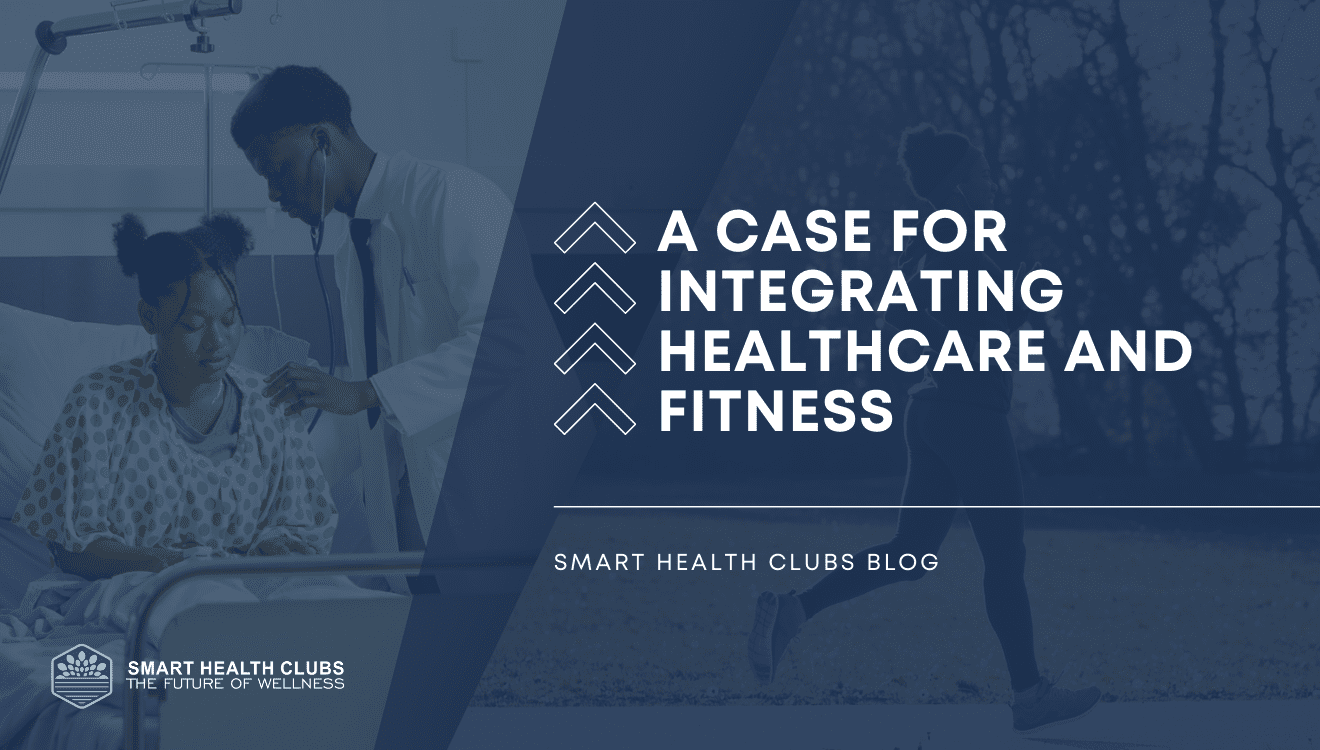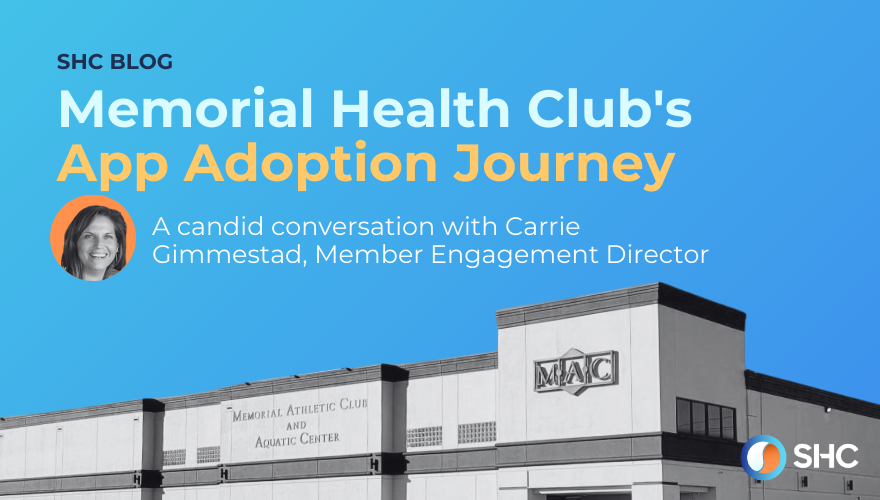
A Case for Integrating Healthcare and Fitness
Let me start with some depressing numbers.
- A total of 1.9 million new cancer cases and 609,360 deaths from cancer are expected to occur in the US in 2022
- An estimated 4.2 million deaths among 20-79-year-old adults are attributable to diabetes
- Cancer treatments cost USD 156 billion annually
- Diabetes’ treatments cost USD 327 billion annually
Is there a way out – Can the Healthcare and Fitness industries work together?
We believe the solution is making Exercise and Nutrition an adjunctive standard of care for all people with chronic illnesses, chronic injuries and those with disabilities.
Role of Exercise in Treating Chronic Illnesses
Let us take cancer. The role of exercise in relieving cancer treatment related side effects has been extensively investigated and has produced promising results. Research indicates that the combination of aerobic exercise and strength training improves the quality of life and overall physical fitness for cancer survivors.
The obvious problem is that a patient going through cancer is rarely going to be open to the idea of exercise because they are already exhausted and have reduced fitness levels and are going through the strenuous treatments and protocols. If we can dare to challenge that mindset just as providers like Maple Tree Cancer Alliance (MPCA) have already done.
MPCA leverages/deploys certified exercise oncology instructors who design a personalized, structured progression of cancer rehabilitation for each patient during all phases of the treatment, right up to the After Treatment Phase during the continuum of care.
The progress a patient makes during the exercise program may often be painfully slow, but over time and with the guidance and encouragement from the instructors, tremendous progress is observed in the patient’s strength, endurance and mobility, which in turn makes the recovery smoother.
The intensity and range of the exercise programs for cancer patients can be changed to accommodate the different treatment phases and the varying fitness levels of the patient – before, during and after surgery and infusion or radiation.
Sharing an example of a patient who participated in MPCA’s exercise program.
Since starting at Maple Tree, Katie has seen tremendous improvement in her strength, endurance, and mobility, making the recovery process more comfortable. After asking her about our program, she said, “Maple Tree has been great! It really helped me have tangible, practical ways to exercise.” She also mentioned, “This gave me the motivation to take the time to exercise and focus on healing and recovery. The exercises helped with some aches and pains I had from treatment.”
Katie has finished one 12-week phase at Maple Tree Cancer Alliance and has seen the following improvements:
- – 20.36% in body fat
- + 20.5% in muscular strength
- + 46% in cardiovascular fitness
- + 115.4% in muscular endurance
- + 46% in flexibility
Read Katie’s complete experience here.
Health Clubs can play a crucial role in delivering these exercise based programs to chronically- ill patients
What do you think typically happens when a patient completes their hospital treatment and goes home?
Do they struggle to recover? Do they continue to be at risk? Do they suffer from side effects? Do they feel isolated? Do they know how to care for themselves once they return home? What lifetime support do they get?
Possibly all of the above. And depressingly so.
It is in combating this situation that I see the crucial role Health Clubs can play. Following a referral from the hospital, patients first undergo a comprehensive fitness assessment, where the following are measured: cardiorespiratory fitness, muscular strength, muscular endurance, flexibility, body composition, health-related quality of life, and symptom severity (e.g. pain, fatigue, anxiety, depression, etc). In addition, Health Clubs will obtain a full medical and cancer history on the patient and physician clearance to exercise before the initiation of any exercise program.
Clubs will need to be able to offer these services both in the Club and virtually.
Example: The Living Well after Cancer program, 2006 – 2019, The Claremont Club, Los Angeles
As most of you already know I was CEO of the Claremont Club for a good 23 years. This was a 13 week program that improved the overall quality of life for over 1,300 women living with cancer. Focused primarily on Breast Cancer but we had women with other types of cancer as well (i.e., Uterin, Cervical & Metastatic Breast Cancer). We also had 8-9 small men’s groups, mostly men with Prostate Cancer.
The program consisted of a Support Group; Nutrition Counseling with our Registered Dietician; Cardio and Strength training supervised at all times with one of our Personal Trainers and Group Exercise Instructors and Oncology Massage.
The participants met twice-a-week for one hour but were also encouraged to use the Club with their families anytime as family membership was offered at no cost. And the program was offered at no cost as well.The program was offered in partnership with Pomona Valley Hospital Medical Center’s Robert & Beverly Lewis Family Cancer Center.
A physician’s release was required and a pre & post assessment was done by an Oncology Nurse.
Overall, the Health Club contributes to the complete rehabilitation and recovery of the patient and plays a crucial role in the continuum of care. The programs they offer are based on Exercise, Wellness, Nutrition and social interaction. While all these aspects are important, I want to highlight that Health Clubs provide an opportunity to socialize and a community for the recovering patients. That is something that neither the Hospital can provide nor can they get that at home.
At the time of the sale of the Club in 2020 we were in the 2nd year of a 3-5 year IRB approved Medical Research Study done by City of Hope and Claremont Graduate University. The outcomes were tremendous and were recently published in Oncology Issues.
Why should we actively work towards integrating Healthcare with Fitness?
Because I strongly believe that is where your next wave of growth is going to come from. You need to introspect: Is your Club ready for the Future of Fitness?
- A future marked by a steady flow of new members into your club looking to improve their overall health and wellness.
- A future guided by holistic programs developed by healthcare experts – delivered in person at your club.
- A future that will drive new sources of revenue and growth for your club.
- A future where healthcare meets fitness.
As my good friend Dr. Bob Sallis, Director of the Sports Medicine Fellowship at Kaiser Permanente, says: “Health clubs need to be places where it is more than how a person looks in a bathing suit. They need to be more about hearts and lungs than abs and buns.”
This future growth will give you a steady flow of new members who come to your Club to improve their overall health and quality of life. They will be driven to you from hospitals and physicians so they can enroll in Lifestyle Maintenance Programs offered at your Club after their patient has completed treatment. The programs will be developed by medical and industry experts and delivered in person at your Club and, or virtually. With it will come new sources of revenue and new members to your Club.
We hosted a live panel discussion on 8th December, 2022 to discuss these ideas with experts from healthcare and fitness. Click here for the video recording and transcript.




